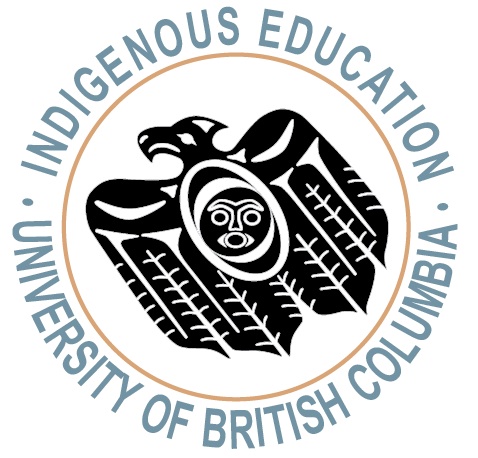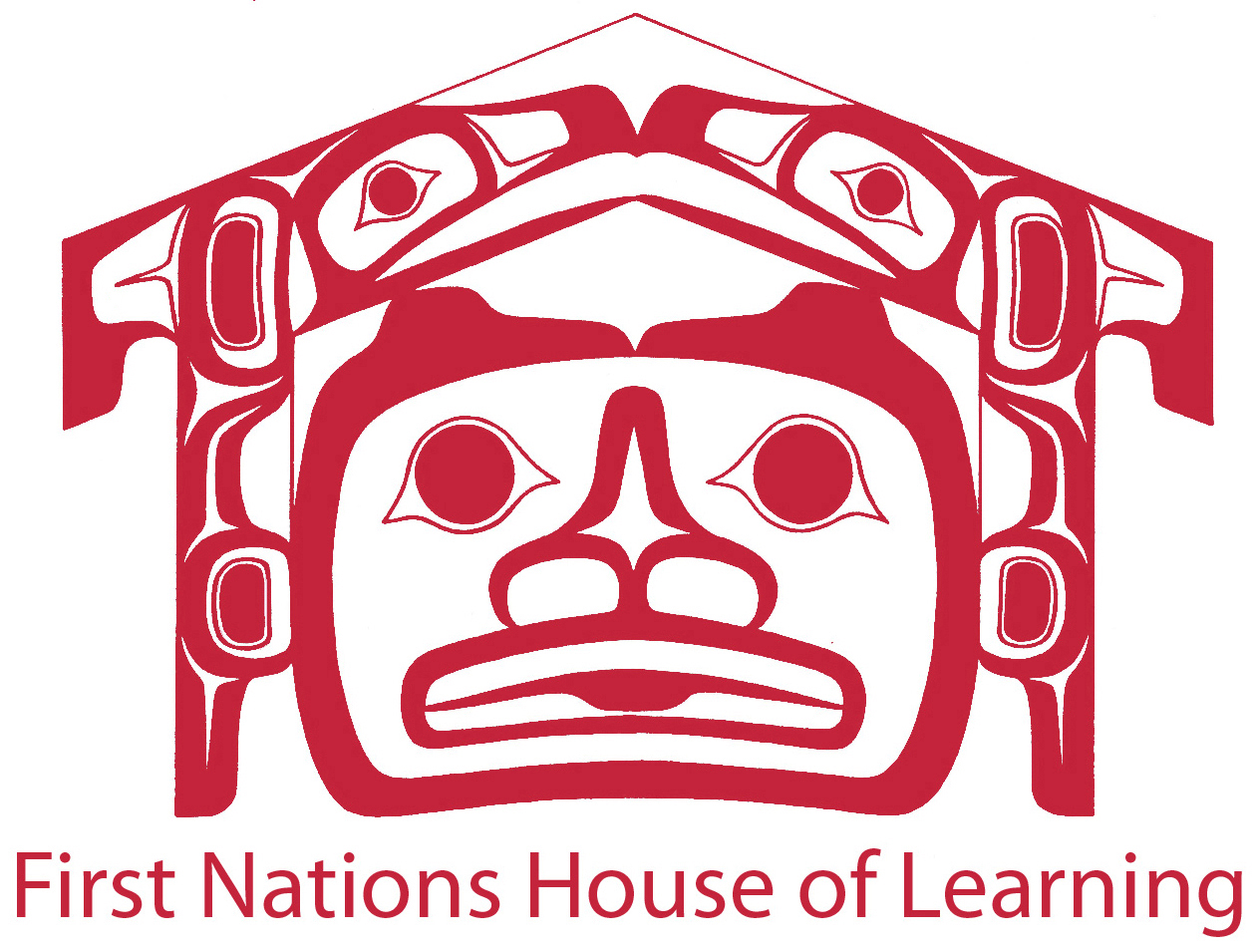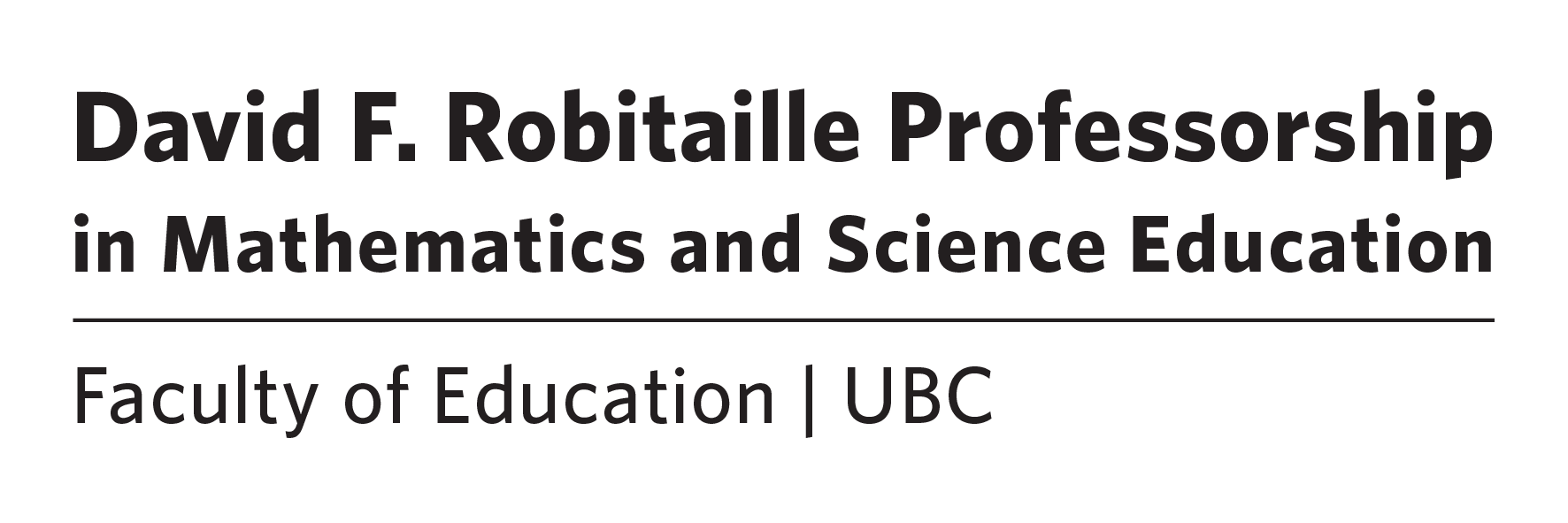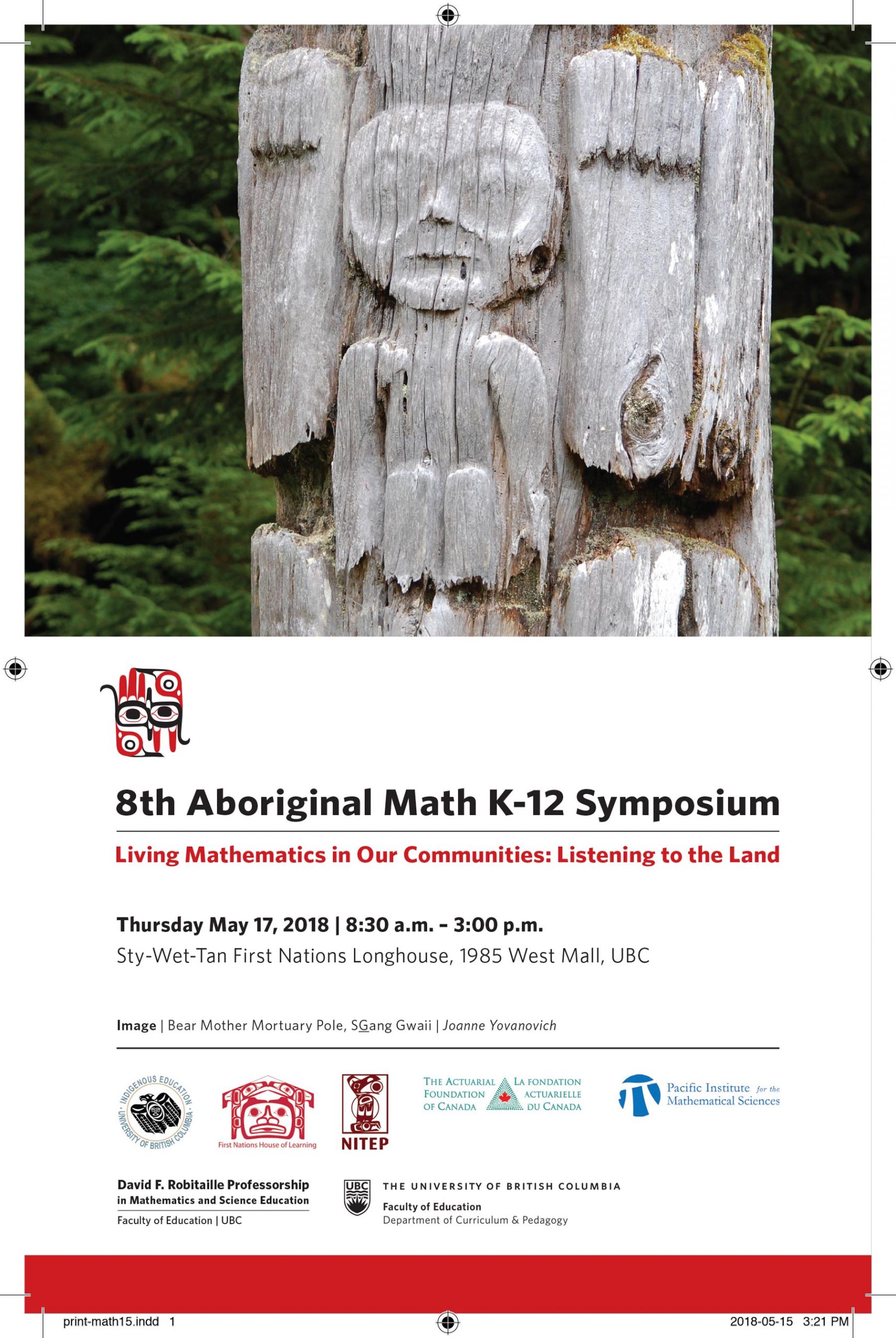Igniting the Sparkle 2018
Sty-Wet-Tan Hall Longhouse (UBC) Musqueam Campus
Amanda Fritzlan
UBC PhD student
Presentation title: Living Culturally Responsive Mathematics Education in Relationship with Land
Key words: mathematics education; culturally responsive; land
Email: fritzlan@telus.net
Amanda shared her research directions – narrative inquiry into living culturally responsive mathematics education in relationship with land. She presented an inquiry into making meaning with urban park land through numerical, storied, experiential, and reflective pedagogies. She is interested in curriculum that emerges from land and connects to social and cultural values in diverse educational communities.
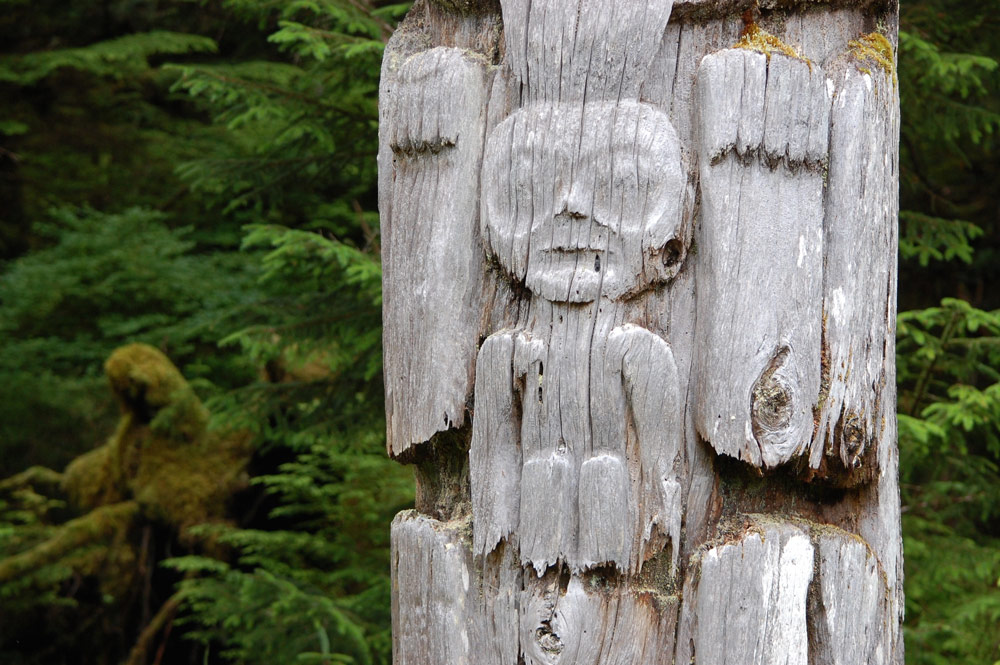
Janice Novakowski
District: Richmond School District
Presentation title: Mathematical Experiences in The Studio
Key words: elementary mathematics, studio, art, aesthetic, Coast Salish, Musqeuam, symmetry, place
Email: jnovakowski@sd38.bc.ca
Janice presented stories from the new math studio in Richmond that she and a colleague have developed as a way to explore mathematics through different aesthetic dimensions. Last year a grades 3&4 class visited weekly and they focused on the art of Susan Point, making connections to the mathematics within the spindle whorl designs.
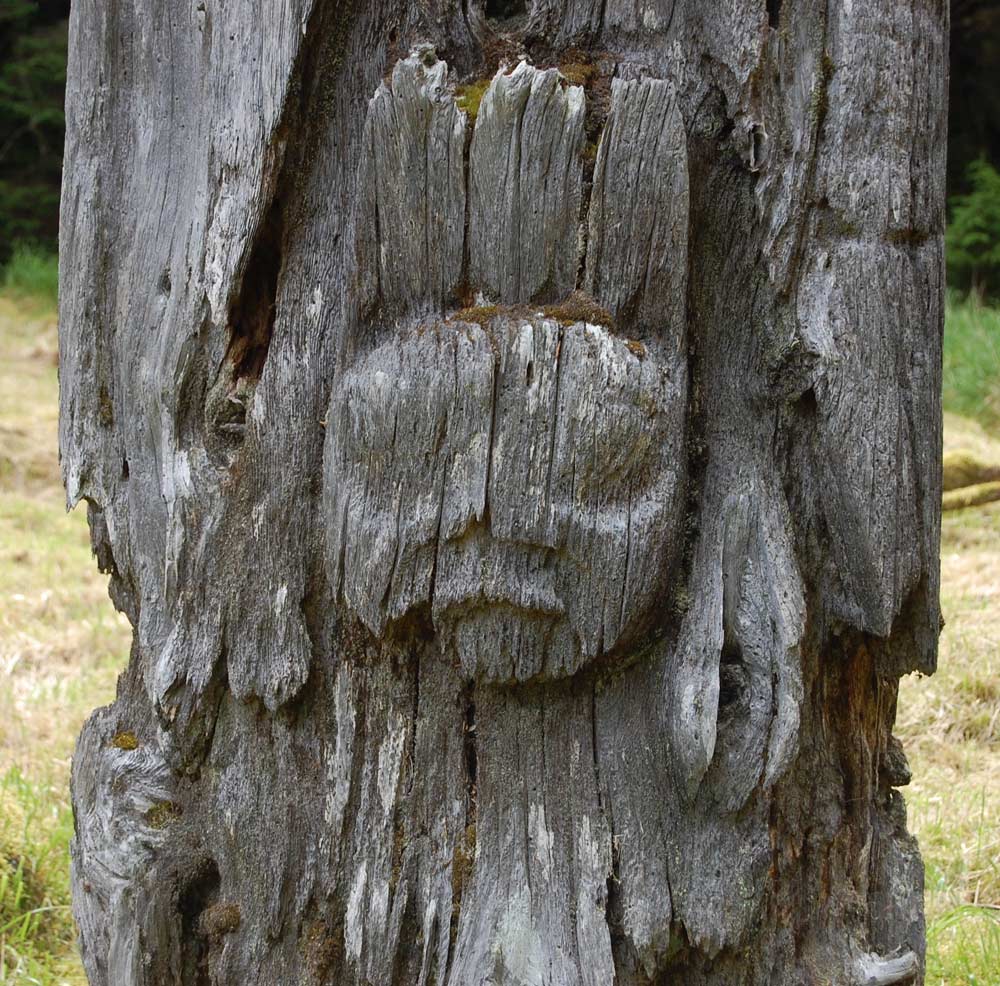
David Barnum
District: SD 46, Sunshine Coast and SFU (GDE Programs)
Presentation title: The Community as a Classroom
Key words: nature-based education, community-based learning, place-based classrooms
Email: davidbarnum@shaw.ca
Twitter: @davidbarnum
David mentors with the SFU Nature-based/Experiential Learning Graduate Diploma cohorts. He introduced the BEETLES Project (http://beetlesproject.org/). This resource has been well-received and supports educators/students in their explorations of the natural world. The resources reflects a US (California) context but is a wonderful opportunity to explore place-based pedagogy and furthers participants’ relationship with the land. David displayed journals and explained how they have been insightful in assessing students’ connection to place; natural and urban spaces. Further information on place-based frameworks:
http://teljournal.educ.ubc.ca/2017/05/open-minds-constructing-learning-in-the-community/
Lori Phillip
District: School District 22
Email: lphillip@sd22.bc.ca
Lori works in SD22’s Aboriginal Education Department. Her department’s job is to support Aboriginal student success. She presented a proposal to run a math skill building block for grade 8-10s at 2 high schools. The math skill building block will be for students struggling in math and who are interested in attending this block.
Dana Bjornson
District: School District 61
Presentation title: Third Space Learning: Creating non-oppressive learning spaces for all of our students.
Key words: culturally responsive learning spaces; non-oppressive learning spaces; third space; collaborative learning; high school mathematics education
Email: dbjornson@sd61.bc.ca
Dana wanted to get ideas from the group that moves towards culturally responsive learning spaces in her high school math (and physics) classes. She presented a paper written last Fall for UBC’s ETEC 521: Indigeneity, Technology, and Education. Dana shared the type of environment that she wants to cultivate in her classroom, but still need authentic ways to actually carry it out.
Slidedeck: bit.ly/ams2018sharing
Jesse Hills
District: School District 47
Email: jhills@vsb.bc.ca
AskiBoys (http://askiboyz.com/) is a TV show on APTN. Jesse’s class watched several episodes and invited one of the show’s actors to come in and present/converse with the kids. Students really enjoyed the show and meeting the actor. Jesse presented his work with students and asked for suggestions on how to include math in this project.
Kim Padington
District: SD72 (Campbell River)
Presentation title: Georgia Park First Nation Math Kits (GPFNMAKT)
Email: Kim.Padington@sd72.bc.ca
First Nations Math Kits were developed at Georgia Park Elementary to supplement our school-wide inquiry questions which is:
“In what ways have coastal First Nations peoples lived in harmony with the ocean.”
The intention of these new math kits was to further incorporate First Nations perspectives and understandings with a focus on providing natural manipulatives and real-life scenarios in each kit.
Five new kits available:
1.Math Adventures: Number Sense
PURPOSE OF KIT: Students will explore and develop their ability to communicate their number sense (counting, ordering, sorting, patterning, matching) using stories, and manipulatives.
2.Math Adventures: Symmetry
PURPOSE OF KIT: Value in balance and symmetry in everyday nature and man-made objects.
3.Math Adventures: Measurement
PURPOSE OF KIT: to enable students to use stories and real events to predict, estimate, measure and develop a sense of importance in regards to time.
How do First Nations use measurement to calculate items in their everyday living? For example, students can learn to calculate the volume of the gathering cedar baskets to find out how many berries need to be collected depending on the number of people, the size of the berries, and how many people each basket will feed.
4.Math Adventures: Spatial Relationships
PURPOSE OF KIT: To further student’s understanding of First Nations objects that have different dimensional shapes (cubes-bentwood box, spheres- sun and moon, cylinders- totem poles, cedar trees) and to build traditional structures and technologies
5.Math Adventures: Economic Impact (supply and demand, money)
PURPOSE OF KIT: Through game play and discussion, students will deepen their understanding of economics past and present through problem-solving, numeration (place value of whole numbers), and basic facts of addition and subtraction. Role-playing will also help to understand the importance and value on people (Europeans from Scotland and England, English and French Metis and First Nations people) and their items that they have to trade while learning the history of the Canadian country.
Sheloah Klausen
District: North Vancouver School District #44
Email: sklausen@sd44.ca
Sheloah shared an idea regarding the use of Salish forms in the teaching of algebra, and the presentation of equations as art. This idea seeks authenticity as well as accuracy.
Summary of the Day by Maria Jose Athie
Living Mathematics in our communities: Listening to the Land– this year’s theme of the 8th Aboriginal Mathematics K-12 Symposium. The Symposium brought together over 140 educators, community members, teacher candidates and researchers for a full day of exploring mathematics, community and culture. Participants from across the province including Haida Gwaii, Prince George, Quadra Island, Saanichton, Penticton, Vernon, Campbell River, Osoyoos, Bowen Island, Cochrane Albert, Mission, Chilliwack, Coquitlam, Port Coquitlam, Sunshine Coast, Victoria, Maple Ridge, the Lower Mainland, and also two participants from Regina and Calgary, met May 17 at the Sty-Wet-Tan Hall in the First Nations Longhouse University of British Columbia to share and discuss strategies for improving Aboriginal/Indigenous mathematics education.
Dr. Jo-ann Archibald introduced us to Sty-Wet-Tan Hall and explained the meaning of each pole. Then she shared a story about Lady Louse that prepared all of us to engage in the day’s activities. Dr. Cynthia Nicol, shared some of the work on math and land in Haida Gwaii. After exploring the Geometries of Liberation and the Grid with Dr. Ed Doolittle, participants worked on solving the bridges’ problem while discussing possibilities and implications for classrooms.
This year eight participants shared their projects. Amanda Fritzlan of the University of British Columbia, Jesse Hills of Vancouver, Janice Novakowski of Richmond School District, David Barnum of Sunshine Coast and Simon Fraser University, Kim Padington, Jennifer Harry and Mary Morrow of Campbell River, Lori Phillip of School District 22, Dana Bjornson of School District 61, and Sheloah Klausen of School District 44 participated in the Igniting the Sparkle Sharing by offering short presentations of their projects on Indigenous mathematics education with school students. Dr. Susan Gerosky, engaged participants with rope making as a traditional and cultural activity to be used in math.
Success of the Symposium was made possible with the help of 10 volunteers including graduate and teacher education students and with support from our sponsors: The First Nations House of Learning, UBC’s Faculty of Education, Indigenous Education Institute of Canada, Pacific Institute for the Mathematical Sciences, UBC’s Indigenous Teacher Education Program, UBC’s David F. Robitaille Professorship in Mathematics and Science Education and The Actuarial Foundation of Canada.
Living Mathematics in our Communities:
Listening to the Land
Thursday May 17, 2018
Sty-Wet-Tan Hall, First Nations Longhouse
1985 West Mall UBC
8:30 am – 3:00 pm
Symposium Agenda now available: [here]
Please join 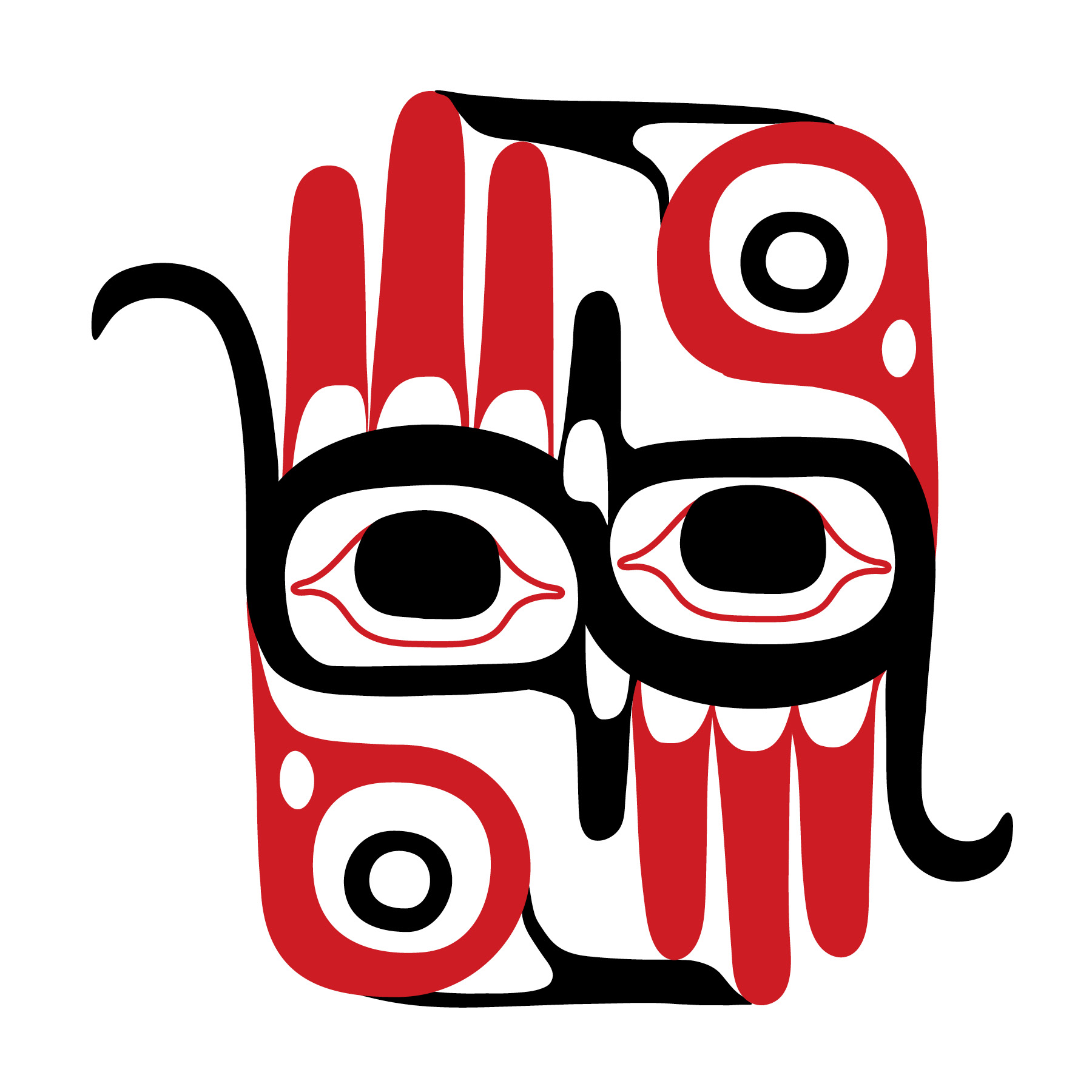 us for the 8th Aboriginal Math K-12 Symposium at the First Nations Longhouse, UBC on May 17 2018.
us for the 8th Aboriginal Math K-12 Symposium at the First Nations Longhouse, UBC on May 17 2018.
This symposium is an opportunity for teachers, administrators, Ministry representatives, community members, and academics to connect, explore, imagine and share new ideas, resources and research on Aboriginal mathematics education from kindergarten to Grade 12. Together we hope to:
- Learn about new research in mathematics and Aboriginal education
- Discuss and share approaches, research and educational projects for improving Aboriginal math education
- Develop community connections to facilitate and support improving Aboriginal math education
This year Mohawk mathematician Dr. Ed Doolittle of First Nations University of Canada, will join us to provoke our thinking about mathematics, learning, and land.

